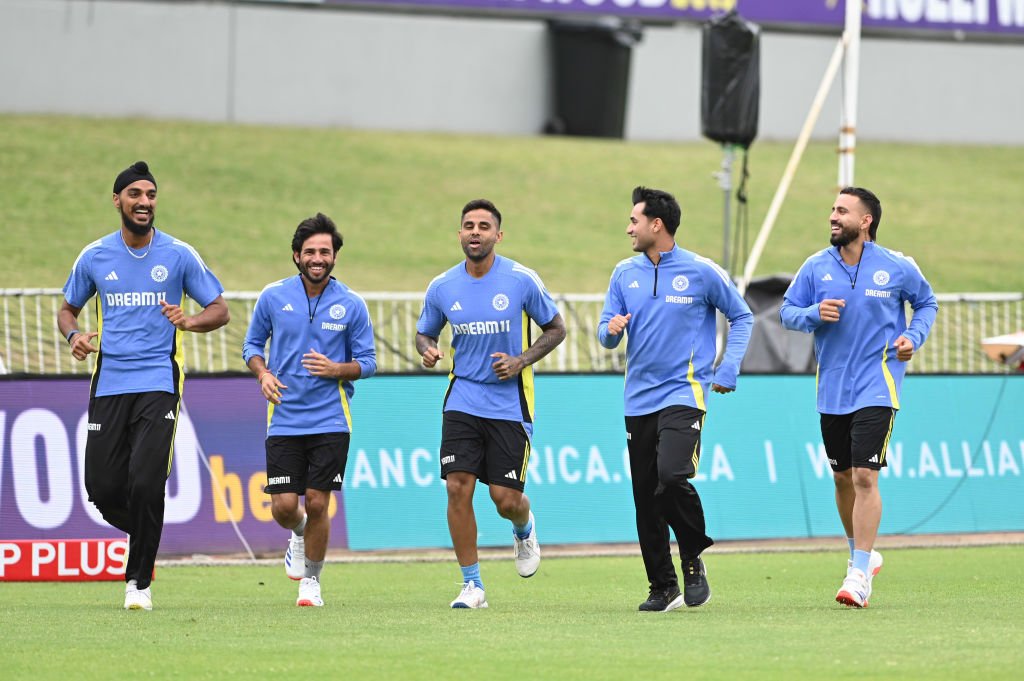
As India heads into the World Test Championship (WTC) series against Australia, there are several key aspects they need to address to maintain a competitive edge. With crucial points at stake, the outcome of this series could determine India’s path to the WTC final. To succeed on Australian soil, India must overcome challenges in batting, manage an ideal pace-bowling lineup, and adapt effectively to foreign conditions.
Bolstering the Batting Order
One of India’s primary concerns is stabilizing its batting lineup, which has faced inconsistency in recent overseas tours. While star players like Virat Kohli and Rohit Sharma bring experience, middle-order consistency has been a challenge, particularly in fast and bouncy Australian conditions. For India to withstand Australia’s pace attack, the top order will need to build steady partnerships, giving the middle and lower orders a solid foundation to work from. Kohli’s record against Australia speaks for itself, and fans will expect him to be in top form. Rohit’s ability to handle both pace and spin will also be critical, as he is likely to be targeted early by Australian quicks.
The inclusion of young talents such as Shubman Gill provides additional strength to the batting lineup, but India’s selectors must decide whether players like Ajinkya Rahane, who has shown resilience overseas in the past, can be leaned on to deliver consistently. If the experienced players find rhythm early in the series, it would relieve pressure on the younger players and help India build formidable innings.
Addressing the Pacers’ Lineup and Bowling Strategy
India’s pace attack, led by Jasprit Bumrah, will play a crucial role on Australian pitches known for their bounce and carry. The conditions offer opportunities for fast bowlers to extract movement and bounce, making it essential for India to have a well-rounded lineup. Mohammed Shami’s experience on Australian wickets and Mohammed Siraj’s recent form add depth to India’s pace arsenal, and these players will need to execute a disciplined line and length to test Australian batters consistently.
The choice between seamers and spinners will also be pivotal in determining India’s success. Ravindra Jadeja, with his left-arm spin and batting versatility, could provide a balanced option, while Ravichandran Ashwin brings invaluable experience in applying pressure through spin. However, Australia’s conditions traditionally favor pace over spin, which may mean the Indian team leans more on its quick bowlers unless the pitch significantly deteriorates. Ensuring the right mix of bowlers for each Test will be key to adapting India’s game plan based on match conditions.
Fielding Standards and Catching in the Slip Cordons
Another aspect India must focus on is their fielding, particularly in the slip cordon. Australia’s fast, bouncy surfaces demand sharp reflexes and reliable catching, as missed opportunities can turn matches around quickly. In recent series, India has struggled with lapses in fielding, which has occasionally cost them dearly. Practicing slip-catching drills under conditions replicating the Australian environment could help the team prepare. Players like Shubman Gill and Virat Kohli, known for their athleticism, could set a high standard in fielding, which will be crucial in backing up the bowlers and maintaining pressure on Australia’s batting lineup.
Mental Resilience and Handling Pressure
Playing against Australia in their home conditions is as much a mental challenge as it is a physical one. The Australian crowd and media will put Indian players under immense scrutiny, especially if they lose early matches. Maintaining mental resilience and focus will be crucial for Indian players, particularly the younger squad members who may be experiencing the intensity of an Australia series for the first time.
India’s coaching staff and senior players, such as Kohli and Sharma, will need to instill confidence and resilience in the team. Past experiences in tough foreign conditions, like their historic win in the 2020-2021 Border-Gavaskar series, can serve as motivation and help reinforce the team’s confidence.
Scenarios for WTC Qualification
In terms of qualification for the WTC final, India faces a challenging path that requires a strong performance. To secure a place in the final, India may need to win at least three Tests in the series against Australia. However, achieving a series victory in Australia has always been a formidable task for any visiting team. Other teams like South Africa and Sri Lanka are also in the running for WTC final spots, and their performances could influence India’s chances. If India can secure a decisive win in the series, they will solidify their standing; otherwise, they may need favorable results from other series to stay in contention.
The Road Ahead
As India prepares to face Australia, their journey through this WTC series will require both strategic planning and adaptability. Every element, from top-order consistency to the effectiveness of the pace attack, will come under scrutiny as the team pushes for a place in the WTC final. With the stakes higher than ever, India’s success in Australia will not only depend on technical skills but also on maintaining mental resilience and a competitive edge in challenging conditions.

